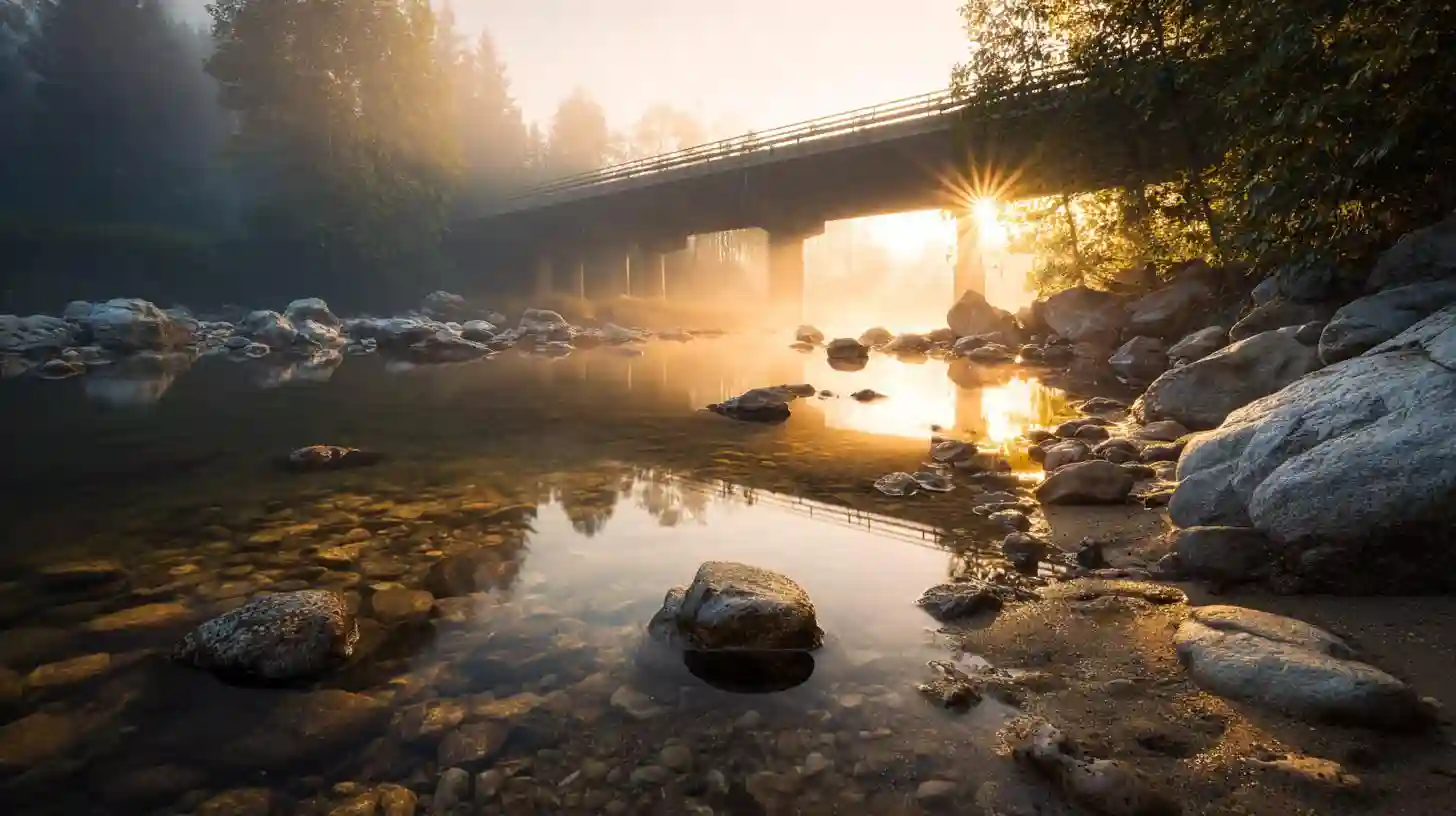
Long exposure photography is a captivating technique that allows photographers to capture time in motion, blending moments into beautiful, fluid compositions. The concept is simple, yet the execution requires a deep understanding of both technique and creativity. When done properly, long exposure can transform ordinary scenes into ethereal works of art, from soft, flowing water to streaks of light against a dark sky. Mastering this technique is an exciting journey that opens up a world of visual possibilities, and with expert guidance, anyone can elevate their skills and create stunning images.
At the heart of long exposure photography is the ability to control time. By using slow shutter speeds, photographers can blur motion while keeping stationary elements in sharp focus. This creates a striking contrast between the movement and stillness in the image. A classic example is the smooth, milky effect of water cascading over rocks or the luminous trails left by car lights on a busy road at night. Achieving these effects requires patience, practice, and a solid understanding of how different variables, such as shutter speed, aperture, and ISO, affect the outcome.
One of the first things a photographer must learn is how to control exposure time. Long exposure images are often taken with shutter speeds that range from several seconds to several minutes, depending on the subject and the desired effect. To prevent overexposure, photographers typically use neutral density (ND) filters, which reduce the amount of light entering the lens. These filters come in different strengths, allowing photographers to fine-tune the exposure for various lighting conditions. It’s also important to be mindful of the light available in the scene; a bright, sunny day may require a stronger ND filter, while a cloudy evening could allow for a longer exposure without additional filtration.
Stability is another key factor in successful long exposure photography. Any slight camera movement during a long exposure can result in unwanted blurring or ghosting in the final image. This is why using a tripod is essential. A sturdy tripod keeps the camera perfectly still, preventing motion blur and allowing the photographer to focus on the composition. In addition to a tripod, a remote shutter release or a timer can help avoid camera shake when pressing the shutter button. Many photographers also use the "mirror lock-up" function to minimize vibrations caused by the camera’s internal mechanisms, particularly in DSLR and mirrorless cameras.
When selecting a subject for long exposure, the possibilities are endless. For landscape photographers, long exposure can create dramatic effects with moving clouds or water, turning a simple scene into a dynamic composition. Capturing the flow of water, for instance, can transform even the most mundane stream into a surreal, otherworldly vision. By adjusting the shutter speed, photographers can experiment with different levels of motion blur, from a gentle softening of the water’s surface to a more pronounced, fluid effect.
Nighttime photography also offers incredible opportunities for long exposure. With the added element of artificial light, photographers can capture scenes that would be impossible to see with the naked eye. One popular subject is star trails, where the camera captures the movement of stars across the sky as the Earth rotates. With a long enough exposure, the stars appear as streaks of light, creating mesmerizing patterns in the night sky. Cityscapes, too, come to life at night under long exposure. The lights from cars, buildings, and streetlamps streak across the frame, creating dramatic contrasts against the dark background.
Beyond landscapes and nature, long exposure photography can also be used creatively in urban and abstract settings. Light trails from moving vehicles or people can add energy to an otherwise static composition. For example, a photographer might capture the motion of busy pedestrian streets or a city intersection at night, turning the hustle and bustle into a visual dance of light and shadow. Experimenting with long exposure can also reveal new perspectives in everyday environments, allowing the photographer to see the world in a completely different way.
As you become more comfortable with long exposure techniques, it’s important to challenge yourself to explore new subjects and settings. Playing with different light sources, angles, and exposures will help you develop a unique style. Some photographers experiment with intentional camera movement during long exposure, creating a sense of fluidity or abstract patterns that evoke emotion and intrigue. Others focus on capturing the contrast between natural elements and man-made structures, showcasing the harmony between nature and technology.
To achieve the best results, careful planning is essential. Understanding your camera’s settings and how they interact with each other will help you control the exposure and achieve the desired effect. Always shoot in manual mode, as this gives you full control over the shutter speed, aperture, and ISO. Keep in mind that long exposure photography often requires a bit of trial and error, so don’t be discouraged if things don’t go perfectly the first time. Experiment with different settings and compositions until you find what works best for you.
With practice, long exposure photography becomes a rewarding pursuit, allowing photographers to capture stunning, timeless images that convey a sense of motion and mood. Whether you’re shooting serene landscapes, busy city streets, or abstract light patterns, this technique provides endless creative opportunities. Through a combination of technical knowledge and artistic vision, anyone can master the art of long exposure and take their photography to new heights.